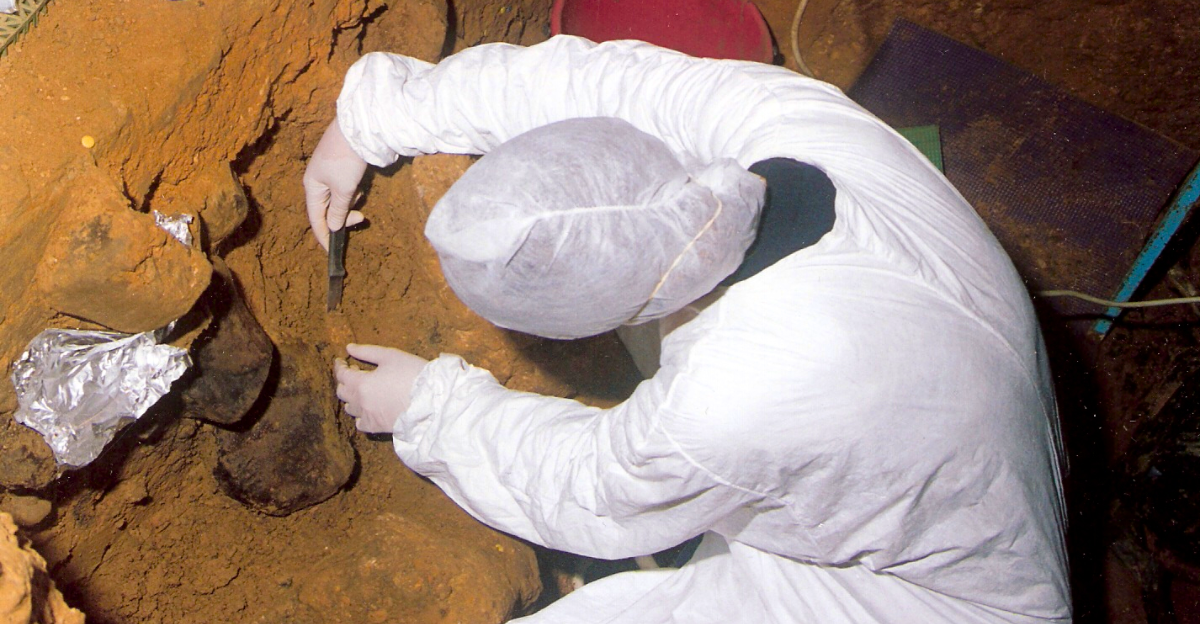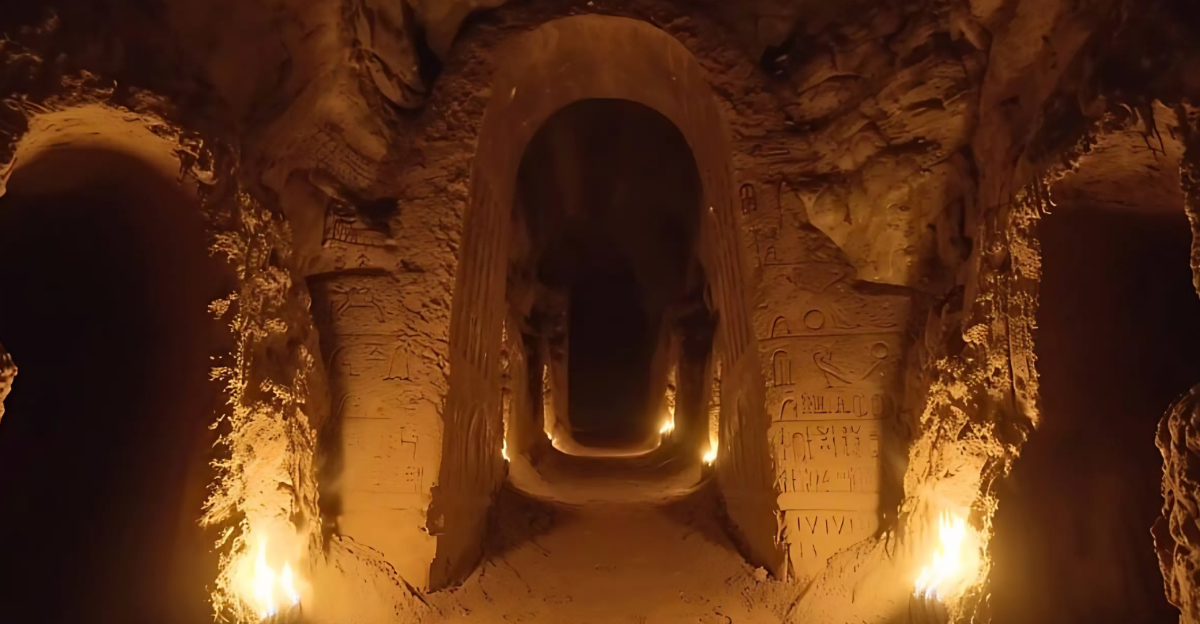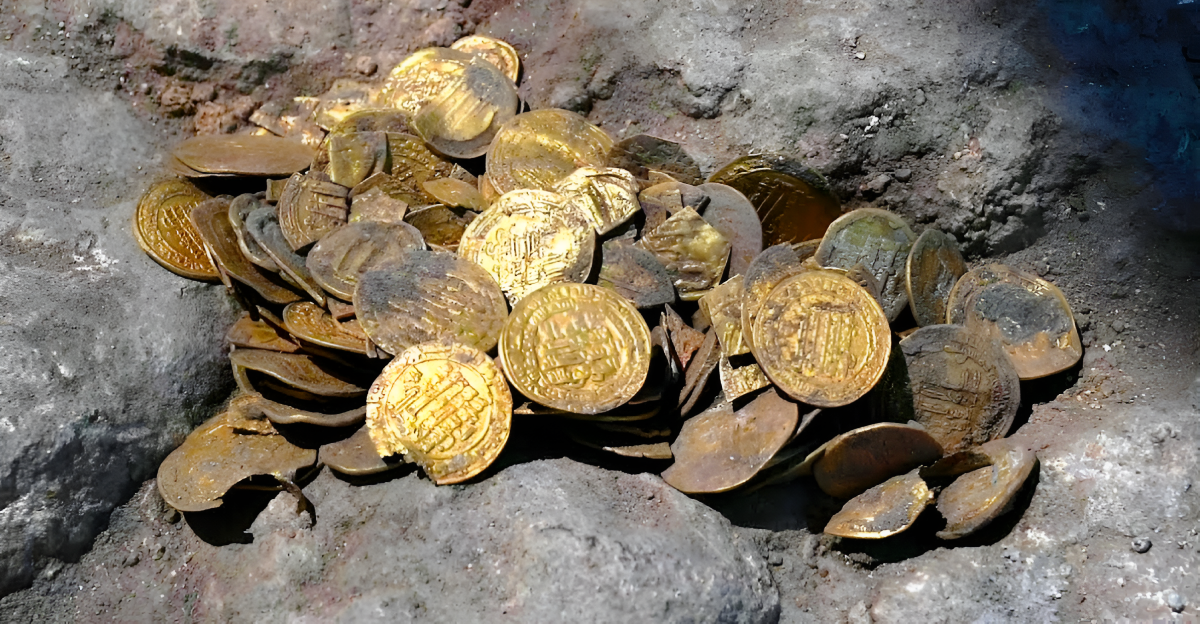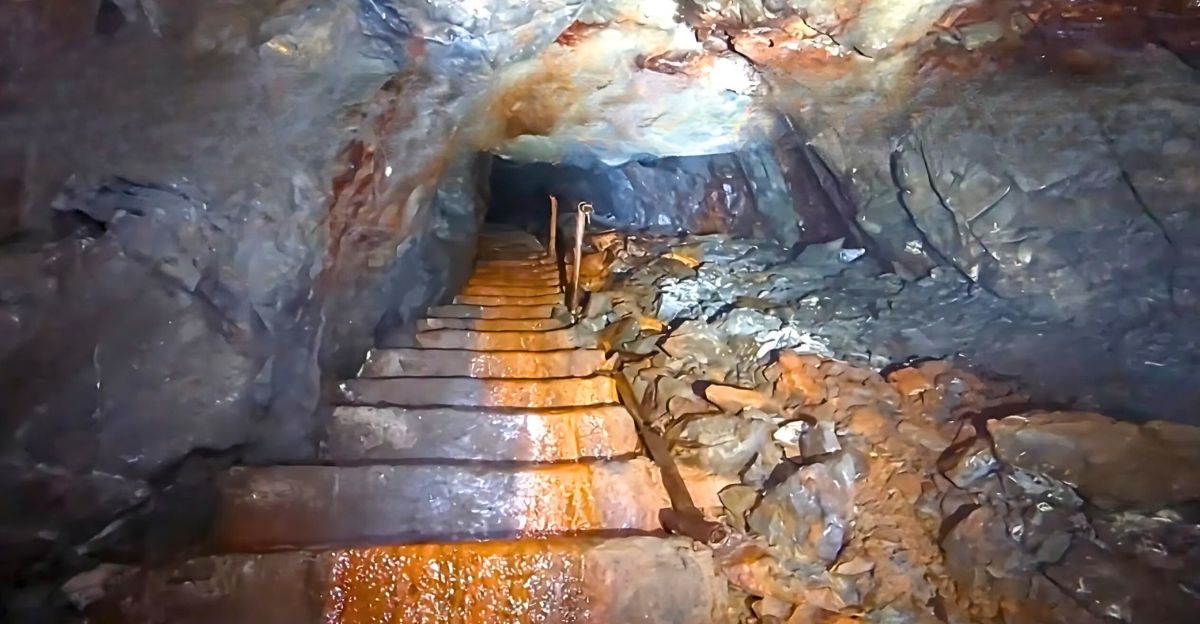
When people think about marine invasions, they typically picture fast-moving disasters and dramatic scenes of aggressive predators quickly wiping out native species. However, many invasions happen quietly and slowly, resulting in massive disruptions.
One example is Amathia verticillata, which is also known as the “spaghetti bryozoan.” It resembles floating glass noodles and has quietly spread along the West Coast without much notice.
A Silent Invader

While species like green crabs and zebra mussels usually grab all of the attention, this soft-bodied invader is establishing itself from California to the Pacific Northwest. A recent sighting in South Africa’s Langebaan Lagoon has revealed just how quickly it can take hold, even in protected waters.
But the real threat isn’t what you see; instead, it is the cascading effects the spaghetti bryozoan sets off within marine ecosystems. If left unchecked, it could cause significant disruptions, costing North America as much as $26 billion annually.
A Different Kind Of Threat

A lot of the time, when you think about invasive species, you probably imagine large, aggressive animals. However, Amathia verticillata presents a different kind of threat. This creature reshapes habitats on a microscopic level. Rather than taking up space, it reshapes ecosystems by building dense, meter-wide colonies that act like underwater apartment complexes, supporting layers of new organisms.
Studies done by Spanish marinas have revealed that these “facilitation cascades” can stack up to six levels deep. Amathia verticillata is difficult to understand because its damage doesn’t come from predation; it comes from construction. Its colonies quietly reshape harbors, giving invasive species shelter while displacing native ones. This is not an attack; it is a silent takeover.
Ideal Conditions

It flourishes in warm, salty water, with its ideal conditions at 22°C and down to 30ppt salinity. Because of climate change, these conditions are now spreading along the West Coast. This year, ocean temperatures have reached their highest in 65 years, creating the perfect conditions for warm-water invaders.
Research shows that in warming oceans, non-native species often outperform native ones. The real risk is assuming that today’s species map will stay the same. With temperatures rising, regions that were once too cold are now becoming suitable for colonization. This isn’t a slow creep; once certain thresholds are crossed, it is a rapid expansion, potentially opening up 500 square kilometers of new habitat within just a few decades.
The Effects Of Ballast Water

Every single day, cargo ships release around 27 million gallons of ballast water into ports around the world, water that can carry as many as 7,000 different species. Amathia verticillata is especially well-suited to this global lottery, with some tough fragments capable of surviving the journey and quickly establishing new colonies.
California’s struggle with invasive mussels shows the cracks in its system: although 25% of ships were supposed to be inspected, only 16 out of 3,000 actually were. The West Coast handles 90% of U.S. trade, giving invasive species thousands of entry points. However, most regulations focus on deliberate introductions, not accidental ones like those in ballast water. Global shipping has become a superhighway for invasions, with few safety measures in place.
It’s Already Happening

The damage caused by Amathia verticillata isn’t hypothetical; it’s already happening. In South Korea, it has disrupted pearl oyster farms. In Israel, it has clogged power plant pipes. In Texas, it’s fouled shrimp equipment in Galveston Bay. Similar issues are emerging in California and across the Mediterranean, where the species is coating marina structures and ship hulls.
Marine fouling organisms like this cost North America more than $26 billion each year, but this threat is often ignored until pipes get clogged, gear fails, or costs pile up. Many colonies are spreading along the West Coast, posing a growing but largely unnoticed risk to ports and industries.
A Massive Water Filter

Each colony of this invader is like a massive water filter that pulls out phytoplankton, the foundation of marine food webs. While this might seem harmless, it actually sets off a chain reaction by depriving native species of food and disrupting food chains. This “trophic dispersion” forces species to relocate or adapt, often resulting in negative outcomes.
In San Diego Bay, colonies have smothered eelgrass beds, which were quickly overtaken by algae. These changes often push ecosystems out of balance, favoring invasive species over native ones. The damage doesn’t show right away, but over time, this filtering can drain important nutrients and collapse food webs. One colony may look benign, but thousands can reshape an entire bay.
Biological Deserts

The seagrass beds and kelp forests that can be found along the West Coast are some of the most biodiverse marine environments on earth. But this invader threatens to turn these into what scientists call “biological deserts,” which are places that are stripped of diversity and function. Amathia verticillata will smother native species, take up available space, and create feedback loops that stop recovery.
Almost every fishery under the Fisheries Management Council is at risk from these ecological shifts. But the true value of these marine ecosystems is often overlooked until they’ve been destroyed. They provide coastal protection, carbon storage, and food security, all of which will cost trillions to replicate artificially.
Spotting Invaders Early On

It’s very hard to spot marine invasions early on, which means they are usually dealt with when it’s almost too late. Amathia verticillata is a perfect example as it starts its life as a tiny larva, then forms colonies that look like algae, often appearing in poorly monitored areas. Though DNA tools can detect these invaders long before they become visible, most monitoring relies on traditional surveys.
This causes threats to slip by under the radar before it is too late. In the past, California missed the early signs of the golden mussel, and this could happen again.
Running Out Of Time

Marine invasive species tend to follow a predictable pattern where early prevention is cheap while waiting to act can be extremely expensive. For example, Florida spent $13 million to manage hydrilla in just one year, which is nearly three-quarters of its aquatic invasive plant budget. In Washington, $5.5 million has been spent since 2004 to control knotweed, with biennial spending now topping $900,000.
Given Amathia verticillata’s worldwide spread and the damage it’s already caused, its colonization on the West Coast seems inevitable. On average, Globally, invasive species management lags by 11 years after damage is reported.
Since marine ecosystem services are worth about $29.5 trillion, and California’s ocean economy alone is worth $45 billion, we’re running out of time. Delays have already added $1.2 trillion to global invasion impacts.
A Turning Point

The West Coast needs to act fast. Amathia verticillata is not just another invader; it reflects a broader crisis fueled by global trade, climate change, and weak biosecurity. Warmer ocean water, increased ship traffic, and reactive policies have opened the door to regime shifts in marine ecosystems. But it is not too late just yet.
Efforts like bringing back sea otters to manage invasive crabs show that smart management works. Though we can’t go back to pristine oceans, we can still make a difference. The question now is whether we build resilient ecosystems that can adapt and survive or let them be flattened into biological sameness. The next decade will shape the future of our oceans.
Uncover more fascinating moments from history — and hit Follow to keep the stories flowing to your feed!
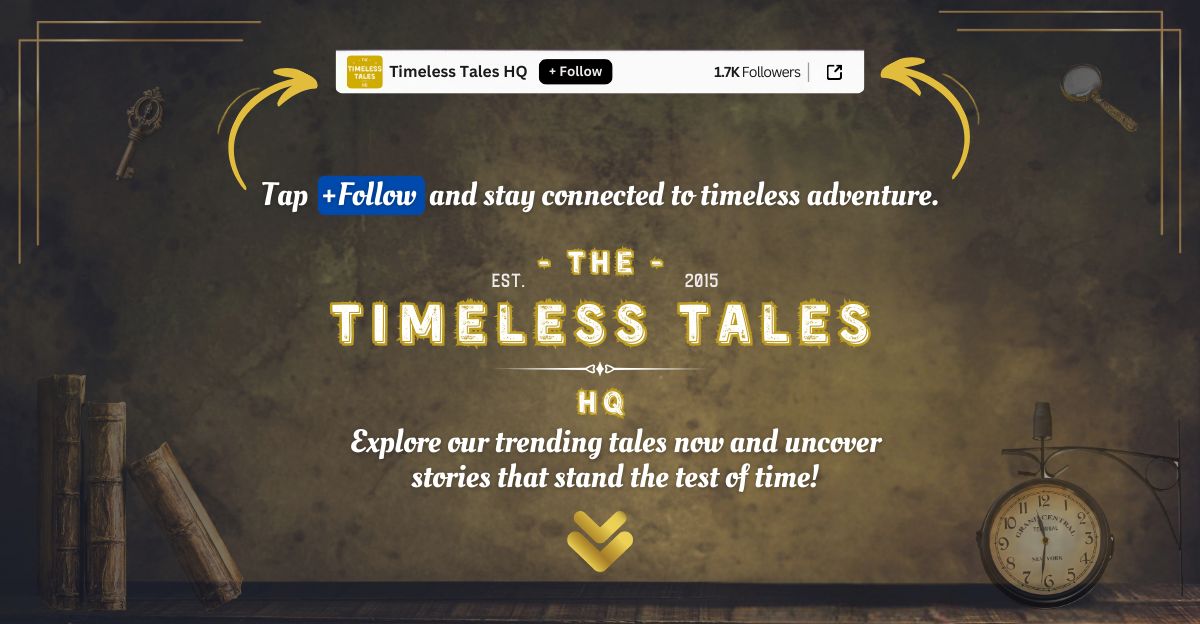
Don’t miss more incredible stories from the past! Tap Follow at the top of this article to stay updated with the latest historical discoveries. Share your thoughts in the comments — we’d love to hear your perspective!


